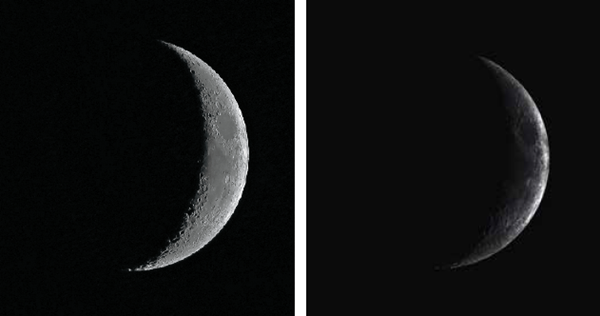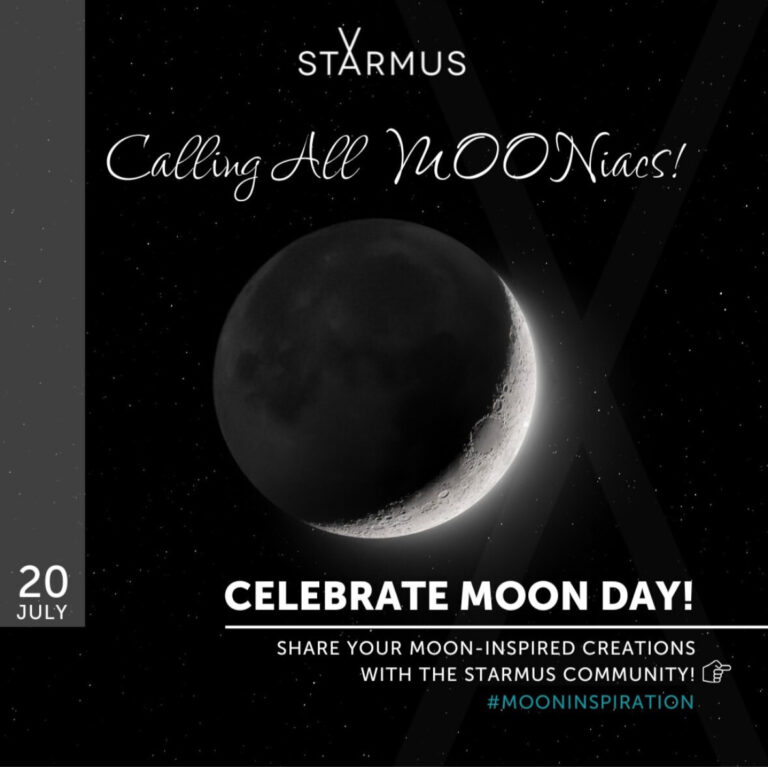Key Takeaways:
Note: When I write, “illuminated edge,” I’m not talking about the bright side of the terminator (the line dividing day and night, where shadows highlight the view). I’m referring to the rounded bright edge of the Moon that’s not the terminator. At Full Moon, the illuminated edge goes all the way around.
Padraig Houlahan of Flagstaff, Arizona, recently noticed one peculiarity: “Regularly when I look at the Full Moon, I see an effect that I have not seen documented anywhere, and I was wondering if you knew of it.”
Namely, Houlahan noticed that the edge of the Full Moon appears “disproportionately washed out,” meaning it looks “featureless and brighter” than the rest of the disk. Houlahan doubted the phenomenon is due to contrast effects alone — and he’s right.
Houlahan’s observation of lunar limb brightening is worthy of praise because little naked-eye attention is given to it during each lunar month, and some books on the Moon overlook it altogether. On top of all that, what one sees along the limb is not consistent.
If the Moon were a uniform (smooth) sphere, its edge would reflect no sunlight toward Earth, making the limb appear dark to us. But the Moon has great surface irregularities — rocks, mountains, and other topographical features — that effectively scatter sunlight toward our eyes at optical wavelengths. (The lunar limb is dark at radio wavelengths.) Speaking generally, then, we say that during the waxing and waning phases, the Moon’s circular edge has a bright limb facing the Sun and a dark limb shadowed from it.
A casual glance at the illuminated edge will show it brighter than areas closer to the Moon’s terminator. But if you take time to study the limb — running your gaze along the edge and making mental notes — you will see that the limb is irregularly bright with darker segments.
What you see at any given time depends on many factors, including phase angle effects, variations in the scattering of sunlight, and lunar librations — slight axial nods (in latitude) and swivels (in longitude) that swing features gently in and out of view along the Moon’s limb as our neighbor in space orbits Earth.
It’s best to look for the limb effects in twilight, when the contrast between the Moon’s edge and the sky is lowest. I suggest starting with a young waxing crescent because there often are great variations along that slender arc of illumination.
First compare the general appearance of the limb to features closer to the terminator. Then go in for the detailed study using direct vision.
Use the extra magnification of binoculars if you need to confirm any uncertain naked-eye views. Sketch and record what you see each night, and compare these views during another lunation, when the librations are different.
Lunar highlands will create the brightest effects, but even these regions vary in surface irregularities and extent. Look also for contrast effects within the highlands, especially between craters of high reflectivity (caused by blankets of ejecta surrounding them) near the limb.
And, as always, let me know what you see or don’t see at [email protected].











